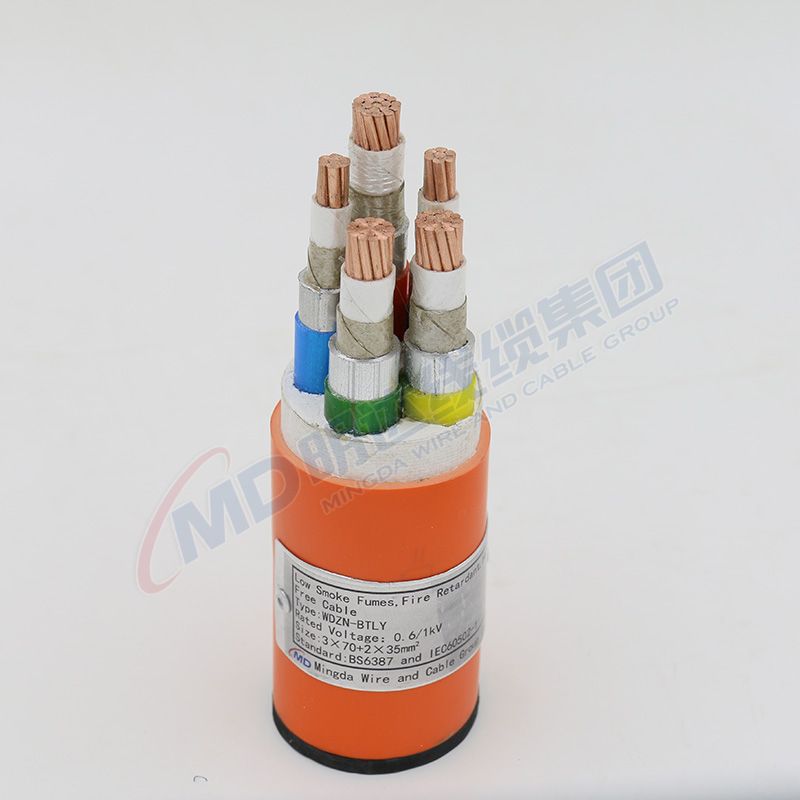Dec . 09, 2024 16:04 Back to list
4 way ball valve
Understanding the 4-Way Ball Valve A Comprehensive Overview
The 4-way ball valve is a critical component in various industrial applications, particularly in systems that require the control of fluid flow in multiple directions. This versatile valve is designed to regulate the circulation of liquids and gases through different pipeline configurations. In this article, we will delve into the structure, functioning, advantages, applications, and maintenance considerations related to 4-way ball valves.
Structure
At its core, the 4-way ball valve consists of a hollow, perforated ball that is housed within a valve body. Unlike the traditional 2-way ball valve, which allows for flow in a single direction, the 4-way ball valve features four ports—two for inlet and two for outlet. The ball's internal bore is designed to facilitate multiple flow paths, effectively allowing fluid to be diverted or mixed based on the desired operation. The valve can be operated manually or automatically, with actuation mechanisms such as electric or pneumatic actuators.
Functioning
To understand how a 4-way ball valve operates, it is essential to look at its modes of functionality. When the valve is in its default position, fluid can flow from one inlet to one outlet, while the other inlet remains closed. Rotating the ball through a quarter turn can switch the flow direction, directing the fluid to the second outlet instead. In some configurations, the valve can also allow for simultaneous flow to both outlets, which is especially useful in mixing processes.
Advantages
The use of 4-way ball valves comes with several advantages. Firstly, their ability to redirect flow makes them invaluable in systems that require flexibility in operation. This characteristic reduces the need for multiple valves, simplifying installation and maintenance. Secondly, 4-way ball valves are known for their tight sealing capabilities, minimizing leaks and ensuring efficient operation. They are also durable and can handle high-pressure environments, making them suitable for a wide range of industrial applications. Additionally, these valves provide swift operation; a simple quarter turn can transition between different flow positions almost instantaneously.
Applications
4 way ball valve

4-way ball valves find applications in numerous fields, including but not limited to
1. HVAC Systems In heating, ventilation, and air conditioning, these valves help regulate fluid flow, ensuring optimal temperature control. 2. Chemical Processing In the chemical industry, they facilitate the mixing of chemicals and the diversion of corrosive substances safely.
3. Water Treatment Plants They assist in controlling the flow of water, allowing for effective distribution and treatment processes.
4. Oil and Gas Industry In this sector, 4-way ball valves are employed in pipeline systems for both the diversion and flow regulation of oil and gas products.
5. Food and Beverage Industry Their hygienic design and efficient flow control make them suitable for use in food processing applications.
Maintenance Considerations
To ensure optimal functionality and longevity of 4-way ball valves, regular maintenance is essential. Users should inspect the valve for signs of wear or damage, particularly the seals and bearings. Routine lubrication of moving parts is recommended to minimize friction and wear. It’s also crucial to ensure that the valve operates smoothly without any obstructions in the ports or internal mechanisms.
Conclusion
In summary, the 4-way ball valve is an indispensable tool in modern industrial applications, capable of controlling and redirecting fluid flow effectively. Its unique design provides operational flexibility, making it a preferred choice in various fields such as chemical processing, HVAC, and oil and gas. Understanding its structure, functionality, and maintenance requirements can lead to better operational efficiencies and enhanced safety in fluid control systems. As industries continue to evolve, the importance of reliable and adaptable components like the 4-way ball valve cannot be overstated.
Share